TPO – A new analysis of the brushstrokes and colors in Vincent van Gogh’s famous painting “The Starry Night” reveals striking similarities to “hidden turbulence” in the Earth’s atmosphere, suggesting the artist had a surprising understanding of natural processes.
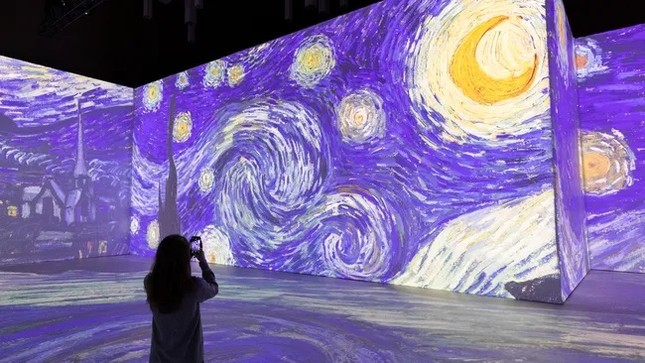 |
Van Gogh's "Starry Night" is one of the most famous paintings in the world . (Photo: Andrew Chin) |
Vincent van Gogh’s famous painting “Starry Night” says more than we knew, new research suggests. The painting’s turbulent, swirling sky shares many of the same characteristics as the invisible fluid dynamics processes that occur in our real atmosphere, an analysis of the painting’s brushstrokes and colors suggests.
Potential turbulence in the atmosphere
Van Gogh painted “Starry Night” in June 1889, while he was in a mental asylum in the south of France recovering from a nervous breakdown that had led to the mutilation of his left ear six months earlier. This oil-on-canvas masterpiece shows a view of the swirling sky from the artist’s window with an imaginary village added in the foreground, and is known for its detailed brushstrokes and use of bright tones.
The painting recently caught the attention of researchers in China, who noticed some similarities between its spirals and patterns seen in fluid dynamics, the study of the movement of liquids and gases. This inspired them to study the painting in more detail.
In a new study published in the journal Physics of Fluids, researchers analyzed the tiniest details of the brushstrokes and colors used in the paintings and found that these components all share a strong resemblance to the “hidden turbulence” of gases in the atmosphere.
“It shows a deep and intuitive understanding of natural phenomena,” study co-author Yongxiang Huang, a hydrodynamics expert and oceanographer at Xiamen University in China, said in a statement. “Van Gogh’s accurate depiction of turbulence may have come from studying the motion of clouds and the atmosphere or an innate sense of how to capture the dynamism of the sky.”
The researchers closely analyzed the painting’s 14 “swirls” in the sky. Overall, these shapes generally followed patterns predicted by Kolmogorov’s law—a physical rule that describes how the atmosphere moves at different scales depending on inertial energy. In the painting, that inertial energy is represented by the intensity of the yellow color in the painting, the researchers wrote.
When the researchers looked more closely at the swirls, they also found that the spacing and weight of each brush stroke matched the Batchelor ratio, which describes how small vortices and droplets can be before they dissolve in turbulent liquids.
Kolmogorov and Batchelor, however, developed their laws decades after the artist’s death. So, the authors write, Van Gogh was probably not drawing on his knowledge of fluid dynamics, but was likely inspired by general observations of the sky or other natural spirals. Likewise, the connection between energy and yellow is almost certainly a coincidence. But it is clear that “The Starry Night” evokes processes that occur in the natural world.
In May of this year, new images of Jupiter taken by NASA’s Juno probe also revealed violent swirling storms in the planet’s northern hemisphere that look remarkably similar to newly analyzed van Gogh paintings. These swirling clouds are also linked to “turbulent patterns” in Jupiter’s atmosphere, similar to those on Earth.
According to Live Science



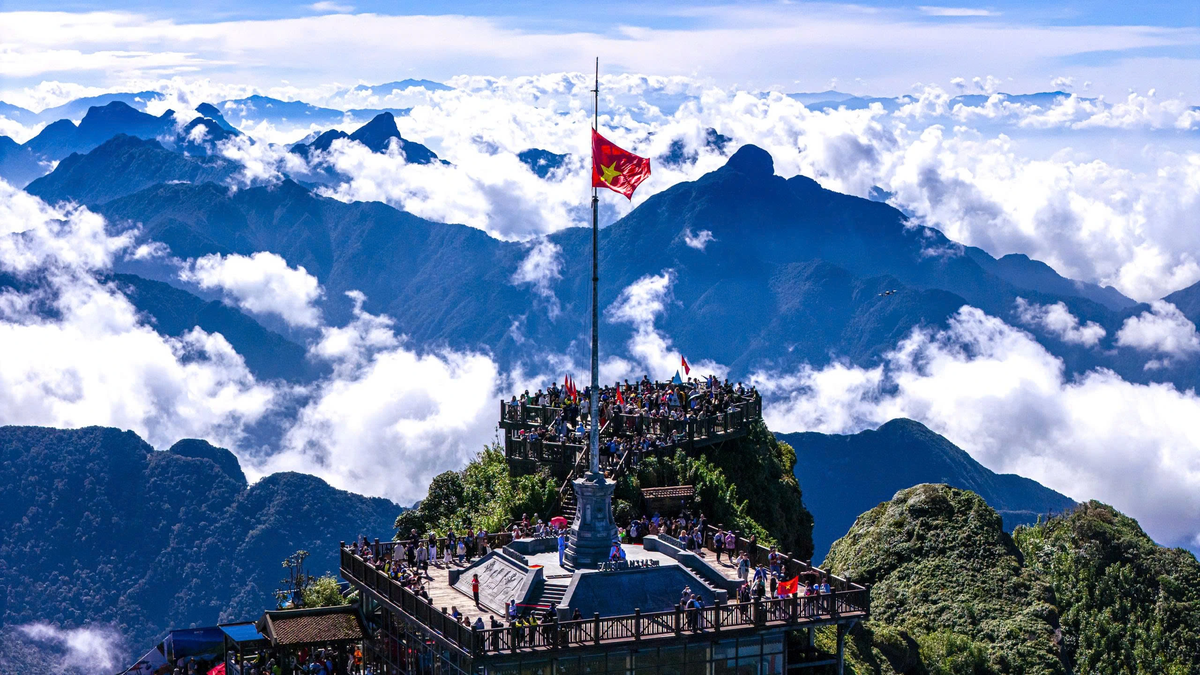
![[Photo] The 5th Patriotic Emulation Congress of the Central Inspection Commission](https://vphoto.vietnam.vn/thumb/1200x675/vietnam/resource/IMAGE/2025/10/27/1761566862838_ndo_br_1-1858-jpg.webp)

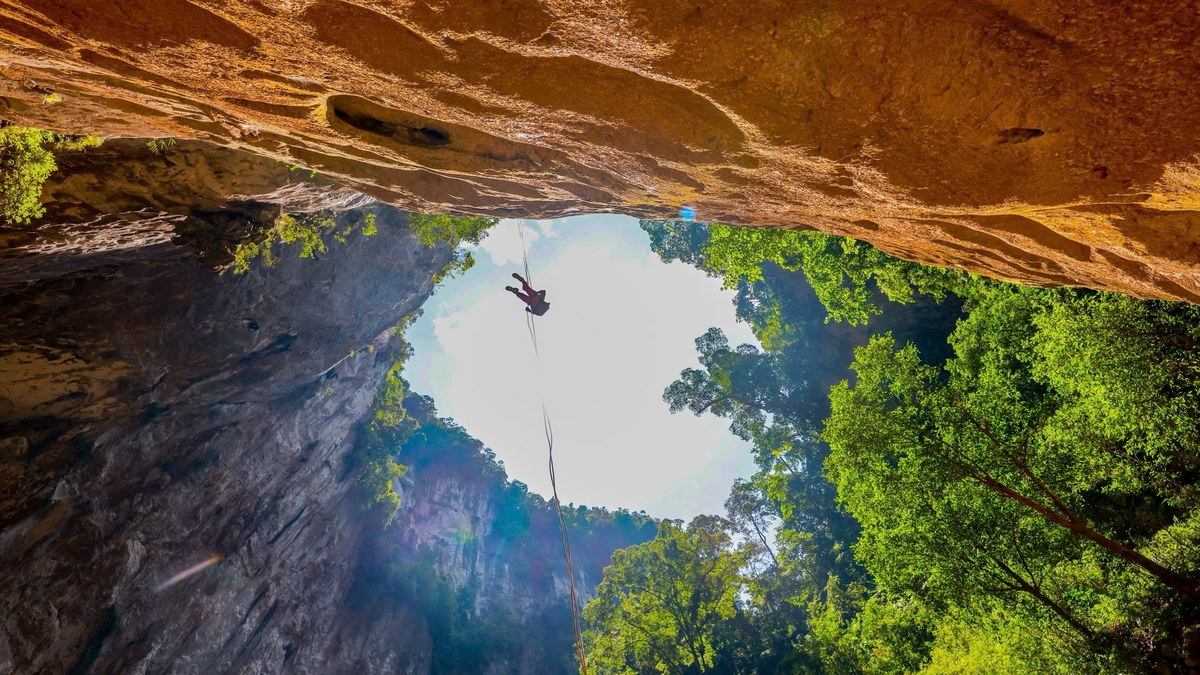

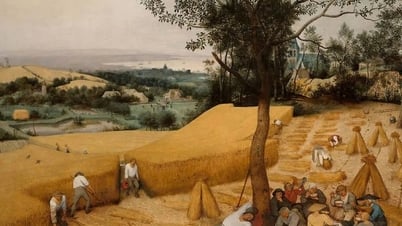

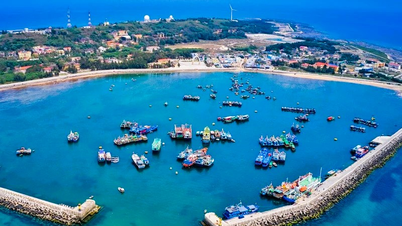
















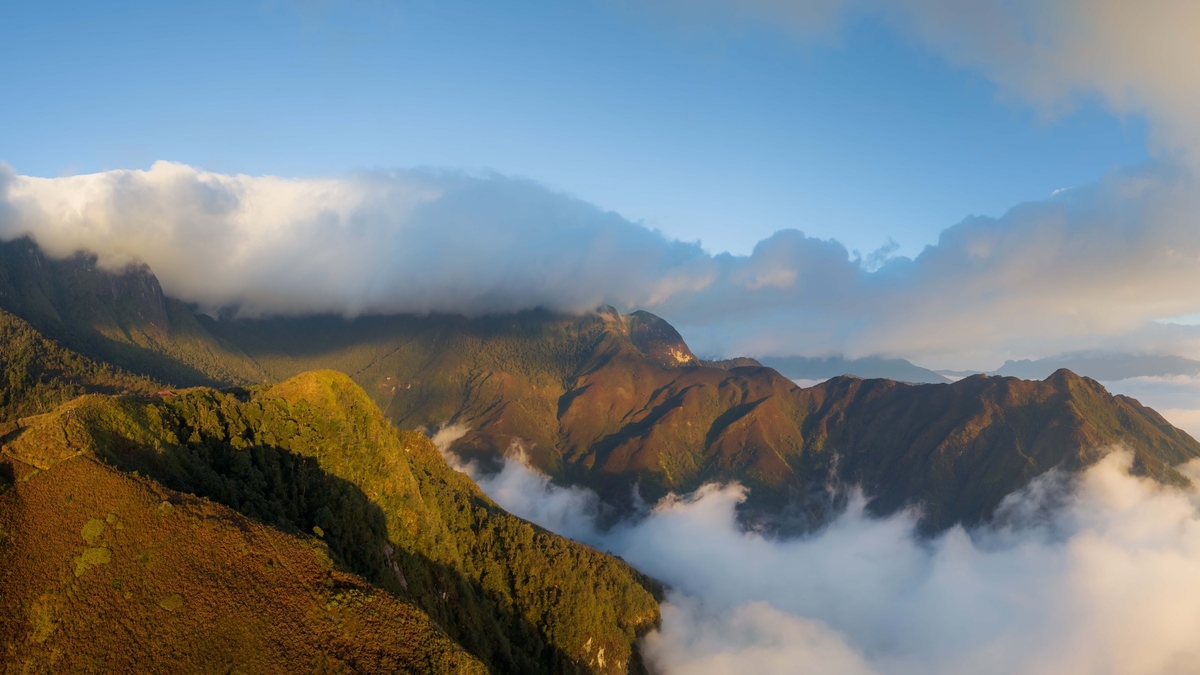
![[Photo] National Assembly Chairman Tran Thanh Man receives Chairman of the House of Representatives of Uzbekistan Nuriddin Ismoilov](https://vphoto.vietnam.vn/thumb/1200x675/vietnam/resource/IMAGE/2025/10/27/1761542647910_bnd-2610-jpg.webp)
![[Photo] Party Committees of Central Party agencies summarize the implementation of Resolution No. 18-NQ/TW and the direction of the Party Congress](https://vphoto.vietnam.vn/thumb/1200x675/vietnam/resource/IMAGE/2025/10/27/1761545645968_ndo_br_1-jpg.webp)





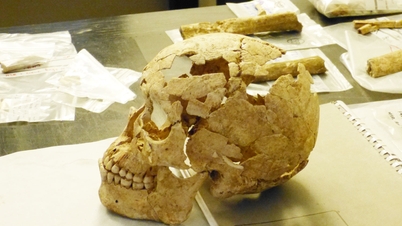

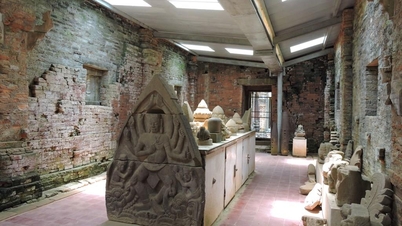

























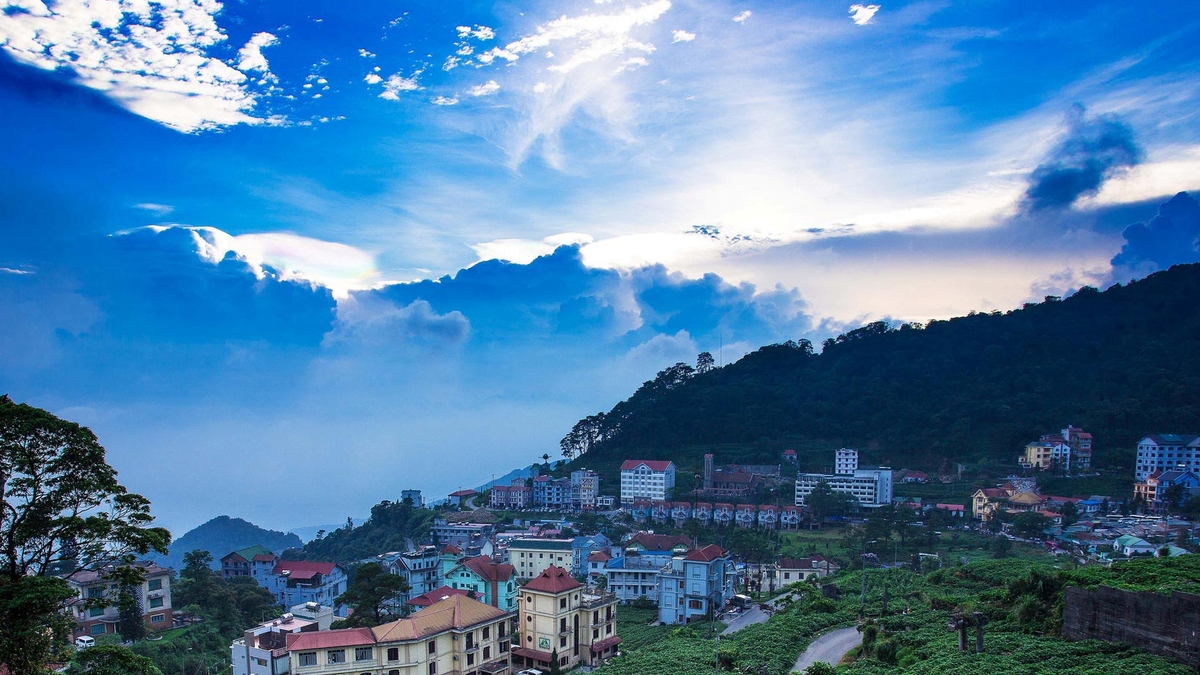
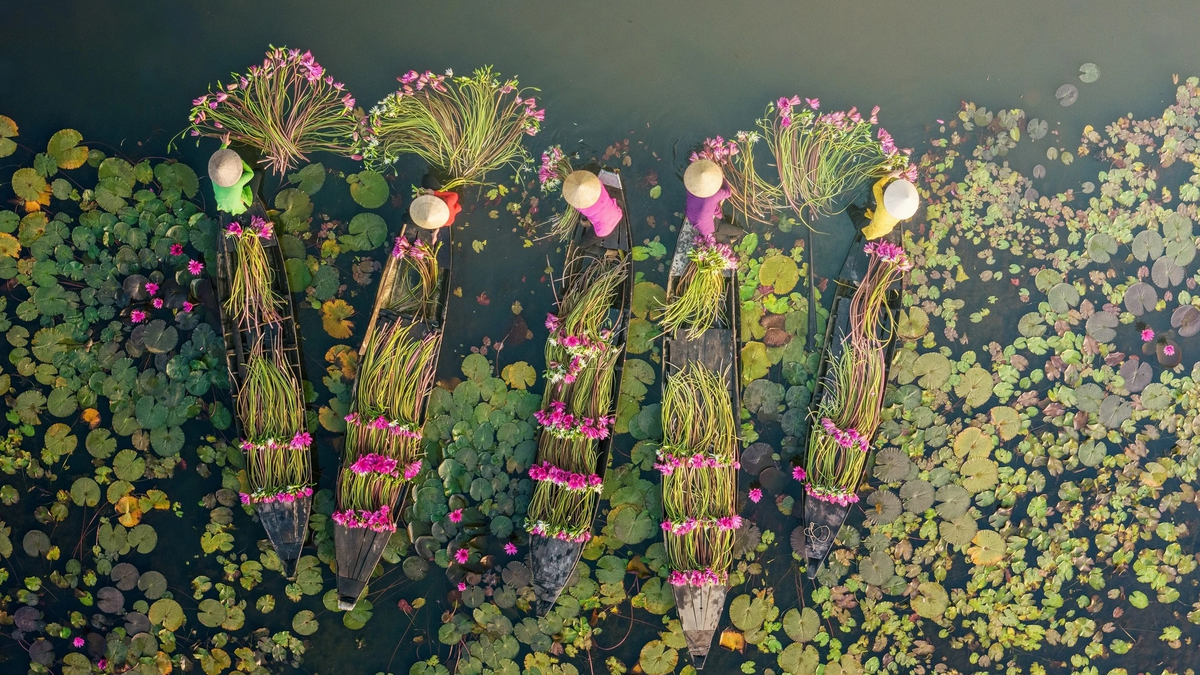



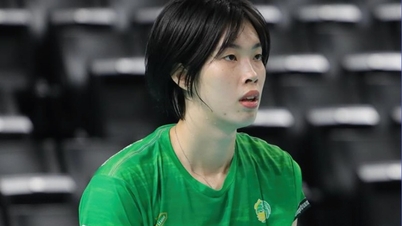







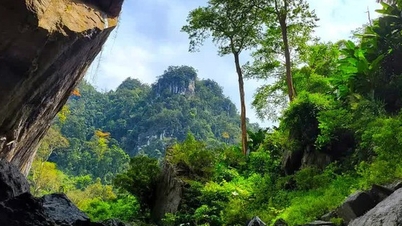

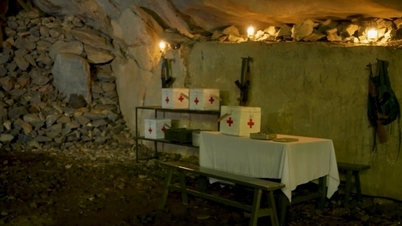






























Comment (0)